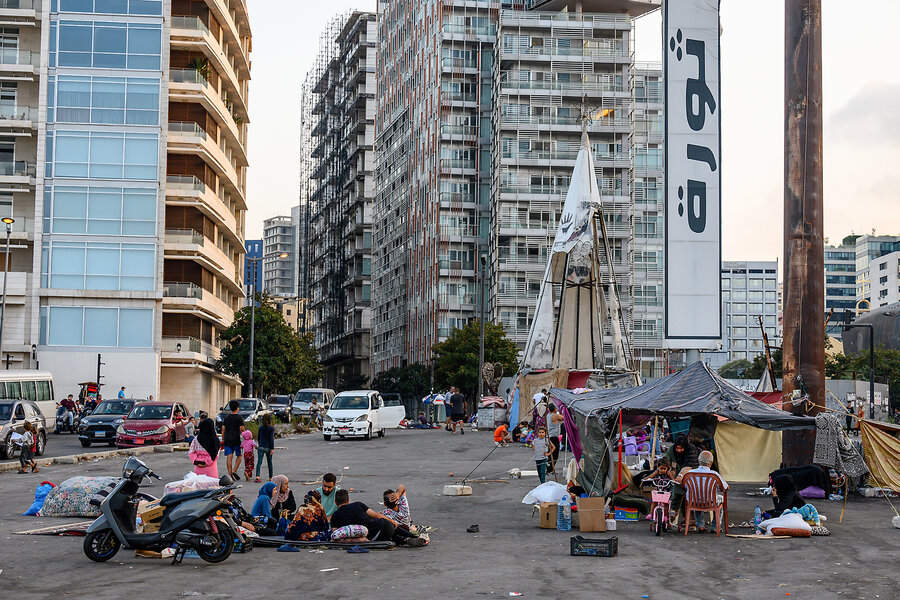(Bloomberg) — As companies attempt to figure out how they are going to be impacted by the US election outcome, an unlikely issue has emerged in the corporate calculus: The color of your cereal.
Most Read from Bloomberg
“The first thing I’d do isn’t going to cost you anything because I’m just gonna tell the cereal companies, take all the dyes out of their food,” Robert F. Kennedy Jr. said last week about actions he’d take if he’s appointed to a position in a potential Trump administration.
Kennedy, who said the former president has “promised” him control of government health agencies should he win reelection, is talking about potentially expanding a ban on artificial food dyes used in kids cereals, like WK Kellogg Co.’s Froot Loops, that passed in California earlier this year.
Kennedy has put his support behind a chorus of activists and a bipartisan group of legislators pushing for the change. Now, WK Kellogg and other food makers have to figure out if they will go ahead and remove the dyes, or keep their ingredient lists the same until they’re legally required to change them.
“Our products ― and the ingredients we use to make them ― are compliant with all applicable relevant laws and regulations,” said Stacy Flathau, chief corporate affairs officer at WK Kellogg, noting that more than 85% of its cereal sales come from products that don’t contain the dyes.
Sarah Gallo, senior vice president of product policy at industry group Consumer Brands Association, said “companies will continue to comply with all food safety regulations.”
Last month, California Governor Gavin Newsom signed a law that will ban six dyes, including those commonly used in colorful children’s cereals, from food served in the state’s public schools. It was the state’s second food dye ban. A law passed last year that goes into effect in 2027 will ban Red 3, which is not used by Kellogg but is often found in candy, from all foods sold across the state.
The additives have been held up as a safety hazard since artificial dyes may be carcinogenic and may lead to hyperactivity in some kids.
Red 3 is banned from most uses in Europe and the use of several other dyes must come with warning labels that tell consumers they could have an adverse effect on children’s attention. That means a box of colorful cereal in the UK doesn’t contain any of the artificial dyes that are present in the same kind of cereal in the US.
The dyes are ubiquitous in US supermarkets: About two thirds of candy products contain at least one of the six dyes, according to an analysis of April data performed by Barcelona and Miami-based healthy food app GoCoCo. They’re also found in 45% of sports drinks and 12% of cereals.
To go after the dyes, activists like Vani Hari, known for her website Food Babe, have zeroed in on cereal because of its place in the American family diet, said food entrepreneur Jason Karp, who sold the natural chocolate company Hu to candy maker Mondelez International Inc. in 2021. Celebrities like Cindy Crawford, Eva Mendes and Food Network’s Chef Marc Murphy have also called for the removal of the dyes.
Karp’s coalition chose Kellogg as its first target after its chief executive officer encouraged consumers in a television interview to make cereal their dinner, he said.
Nearly 10 years ago, major food companies — including Kellogg — pledged to get the dyes out of American products. But many of them later backtracked. General Mills put artificial colors back into Trix cereal in 2017 after consumers complained about its naturally-colored version.
Today, there is a generational shift towards healthier, less-processed foods among millennials and Gen Z consumers who are now buying the cereals for their children.
“Consumers care more about their food than ever before,” said Rob Dongoski, a global lead for food and agribusiness at consulting firm Kearny.
Some companies are getting rid of the dyes even before the laws require it.
Ferrara Candy Co., which makes Brach’s candy corn, mints and hard candies, said it began removing Red 3 in 2022, but that it remains in 40% of the products under its Brach’s label.
Regardless of who wins the presidency, more states could follow California’s lead and ban artificial dyes.
“Our advice right now, and what I understand a lot of companies to be doing, is looking for alternatives,” said Ralph Simmons, counsel at law firm Foster Garvey, who is working with food and beverage clients on the dyes issue.
“Right now, it’s a consumer interest,” he said.
Most Read from Bloomberg Businessweek
©2024 Bloomberg L.P.














